The drum of the new washing machine is knocking
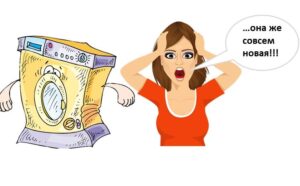 If the drum of a new washing machine is knocking, then in most cases this indicates a manufacturing defect. A priori, a newly purchased machine should not creak: serviceable components and components work without failures. But there are exceptions. Washing machine repair technicians often encounter “wild” situations – the machine knocks and creaks through no fault of the manufacturer. We will tell you in detail what kind of breakdowns we are talking about and how to eliminate the rustling noise.
If the drum of a new washing machine is knocking, then in most cases this indicates a manufacturing defect. A priori, a newly purchased machine should not creak: serviceable components and components work without failures. But there are exceptions. Washing machine repair technicians often encounter “wild” situations – the machine knocks and creaks through no fault of the manufacturer. We will tell you in detail what kind of breakdowns we are talking about and how to eliminate the rustling noise.
Installation errors
Before committing a manufacturing defect, it is recommended to carefully check the washing machine for possible installation errors. Probably, serious mistakes were made when installing and connecting the machine. As a result, the washing machine does not work correctly, as evidenced by extraneous sounds and increased vibration. So, the cause of a knocking or rustling noise can be transportation bolts, an unadjusted housing, or an object stuck inside.
- Transportation bolts that are not unscrewed before starting the cycle are the reason for every third call to the service center with a complaint about an extraneous knock. According to the instructions, it is prohibited to turn on a machine with a fixed drum - in this case, the engine tries to spin the shaft, and the fixed cylinder hits the walls of the tank. As a result, the washer starts knocking and “jumping.”
Damage caused by starting the washing machine with the transport bolts not removed is not considered covered by the warranty - the user pays for the repair himself.
- Body distortion. Before starting the wash, the machine must be leveled and the legs adjusted.Otherwise, when rinsing and spinning, the drum will “hang” and the machine will rumble and squeak.
- An object is stuck inside the case. A less obvious reason for a squeak in a new machine may be “lost.” Thus, there are known cases when, during transportation, a piece of foam plastic frame got stuck between the wall and the shock absorber of the washing machine. The plastic “guest” periodically makes itself felt with a crunch or grinding sound, especially when spinning at maximum drum load.
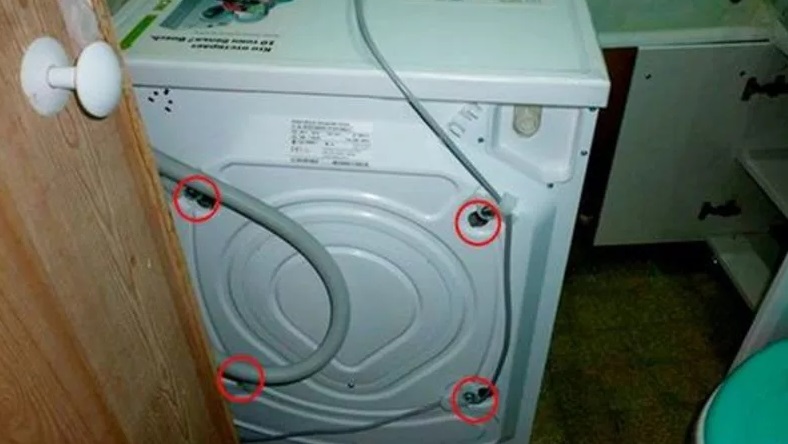
Ideally, a specialist should install and connect the washing machine. A professional knows all the intricacies of installation and will not forget about the need to remove the transportation bolts, adjust the body and completely clean the machine from its packaging. Self-assembly can result in unpleasant surprises, especially if you neglect the factory instructions.
Possible faults
If the washing machine is installed in accordance with the instructions, then the cause of the squeaking lies in a manufacturing defect. Probably, low-quality components were used when assembling the machine, or the equipment was damaged during transportation. In any case, you cannot open the body of the new washing machine yourself and look for the problem - the unit is covered by a warranty. According to the warranty card, the user has the right to free service, repair or replacement.
A service center employee will determine the cause of the squeak. Several breakdowns at once can lead to extraneous sounds: from defective shock absorbers to poorly secured counterweights. We will have to consistently eliminate all possible malfunctions.
- Defective shock absorbers. Thanks to the shock absorption system, the washing machine dampens vibrations emanating from the engine, ensuring low noise levels of the entire mechanism.But if the dampers are made of poor quality material or are selected incorrectly, the balance will be upset. The racks cannot cope with the load, the drum tilts to one side and knocks on the body of the machine. As a result, the equipment not only rattles when washing, but also “jumps” around the room. It’s easy to determine the malfunction: just press the tank with your hand and evaluate its “behavior.” Has the reservoir returned smoothly? Then the problem is different. Has the container swayed or moved left and right? This is a factory defect.
- Poor quality bearing. The bearing assembly is responsible for the smooth and silent rotation of the drum. If a low-quality holder is installed during assembly, then already at the first start of the cycle the machine will “report” a manufacturing defect: a characteristic knock will be heard. The sound will increase during the spin cycle when the motor accelerates to maximum speed. Also, the machine may slow down, not reach the set speed, and do not spin things well. If you suspect defective bearings, you should not hesitate and wait for the breakdown to worsen. The slightest tapping is an alarming signal requiring immediate diagnosis and repair. Otherwise, over time, the crosspiece will wear off or the tank will break, which is much more difficult and expensive to fix.

- Unfinished suspension. A manufacturing defect also includes the absence of one of the springs on the suspension. The spring system is necessary to keep the tank in a certain position without touching the walls of the housing and adjacent elements. If there is no “spiral” or it has fallen off, then the container flies off the given trajectory and begins to “walk” and knock. As with shock absorbers, when checking, you should press down on the reservoir from above. If defective, the container will move to one side.
- Loose or broken counterweight.When the machine is operating, there is a knocking sound and if there are problems with the counterweights - part of the balancing system of the washing machine. These are concrete, cast iron or plastic blocks that weigh down the structure to suppress outgoing vibration. If the weights are poorly secured or damaged, then the machine will not stand still when the cycle starts, but will begin to “dance” and knock. It is impossible to operate equipment with such a “diagnosis” - it is necessary to replace the stones or tighten the fastenings on it.
Often the machine knocks due to a foreign object getting into the tank. If coins and buttons settle on two reservoirs and are washed down the drain over time, then sharp “lost items” - a bra strap or a bobby pin - are more dangerous. They cling to the holes in the drum and when the cycle starts, they begin to “scratch” against neighboring elements. What's worse, over time, these pieces of iron can jam the mechanism, damage the heater, or puncture the plastic container. It’s better not to risk it, get the change right away, and ideally, call a specialist.
A knocking sound on a new washing machine cannot be ignored. You should immediately contact the service and insist on diagnostics. Otherwise, you may lose the warranty or lose the machine.
Interesting:
Reader comments
- Share your opinion - leave a comment
Categories
Washing machine repair


For buyers

For users

Dishwasher


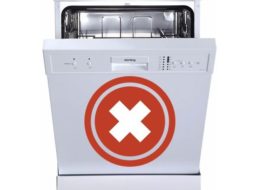
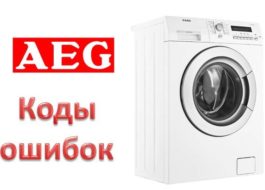
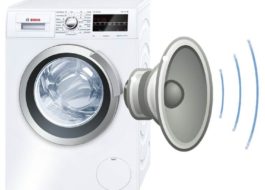
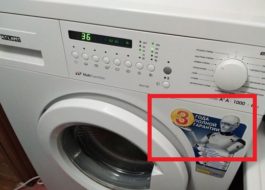
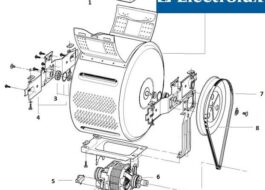










Add a comment